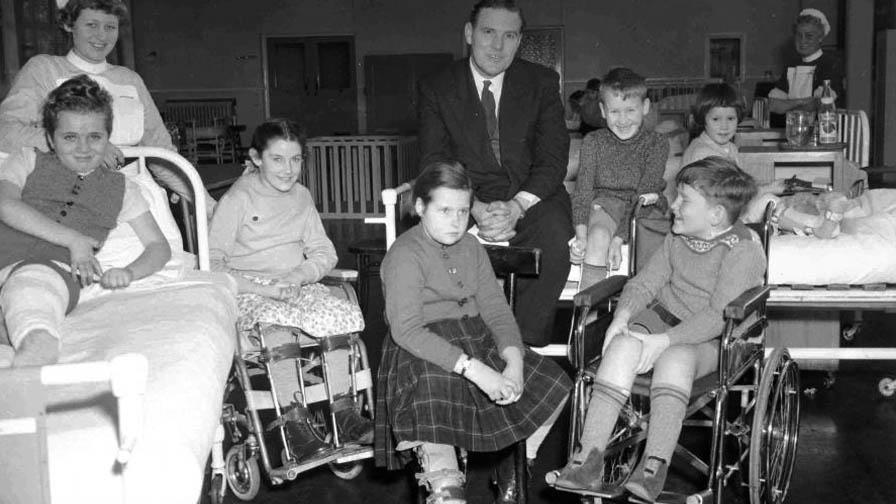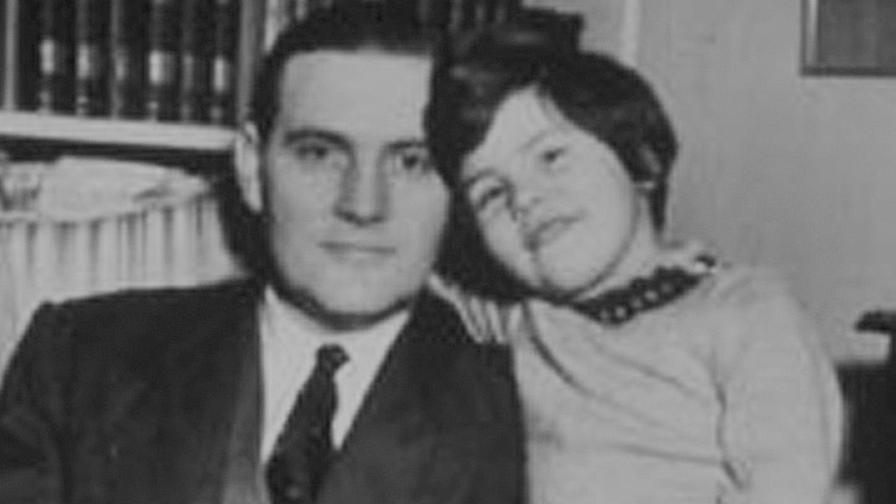
Over 70 years ago polio was one of the most feared diseases in the developed world. In the early 1950s, 8,000 people were paralysed by polio each year in the UK. Tragically, five to 10 per cent lost their lives after their breathing muscles became immobilised.
Frustrated by the lack of research and treatment centres in the UK Duncan set up the National Fund for Poliomyelitis Research to find a cure for polio. Within 10 years, the first UK polio vaccines were introduced and have kept millions of children safe from this deadly virus ever since.
Introducing the first UK polio vaccines
The charity’s early funding helped support polio research across the UK, including the work of Professor George Dick and his team at Queen’s University in Belfast, to test and develop two polio vaccines for use in the UK: the injectable Salk vaccine, first introduced in 1955, and the oral sugar cube Sabin vaccine, introduced in 1962.
Research focused on establishing the safety and effectiveness of the vaccines, as well as the right amount to give and the best ways to administer them. They also explored how polio infects humans and how well the vaccines could protect whole populations.

Duncan Guthrie’s own daughter Janet was diagnosed with polio in 1949, at just 20 months old. Her parents were not allowed to see her at all for her first month in hospital and, when visits were eventually allowed, they were limited to once a week - a distressing and painful time for the family and, most of all, for little Janet.
Thankfully, Janet recovered from her illness, but for many thousands that wasn't the case.
The drooping corners of her mouth and silent tears on her cheek as the bell and bustling nurses chivvied visitors from the ward will remain with me forever.
Protecting children from COVID-19
Since those early days, we've invested more than £137 million (c£375 million in today’s terms) in top-quality research into child health, including supporting the introduction of the Rubella vaccine and the Hib vaccine to protect against bacterial meningitis.
When the COVID-19 pandemic struck in 2020, we ensured that babies and children were not forgotten in the fight against the new virus. We funded research that enhanced our understanding of immune responses, identified risk factors for severe disease in children, and supported the development of new guidance. We also supported work to help young people affected by long COVID.

